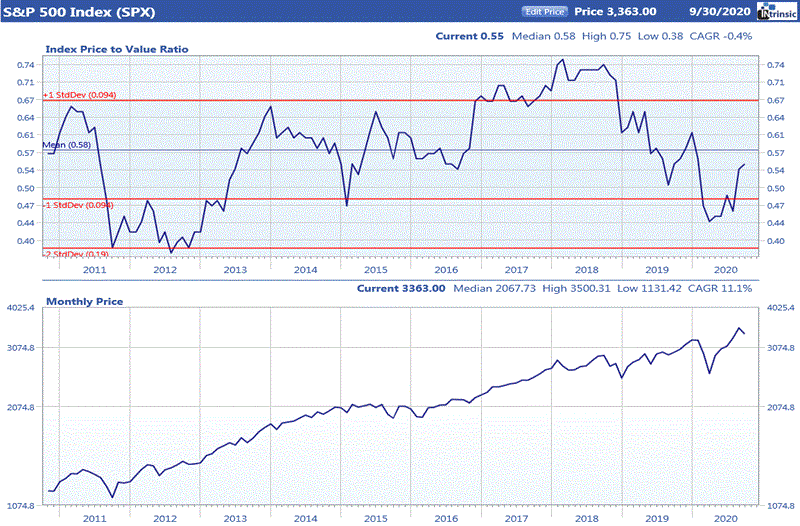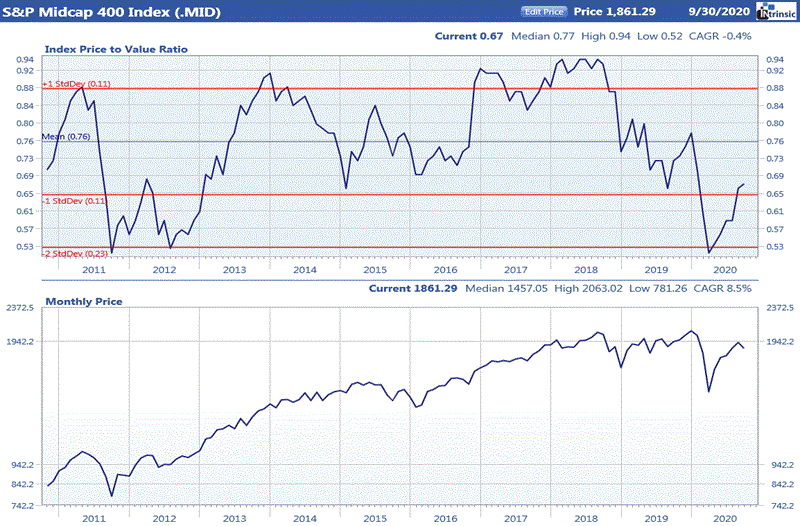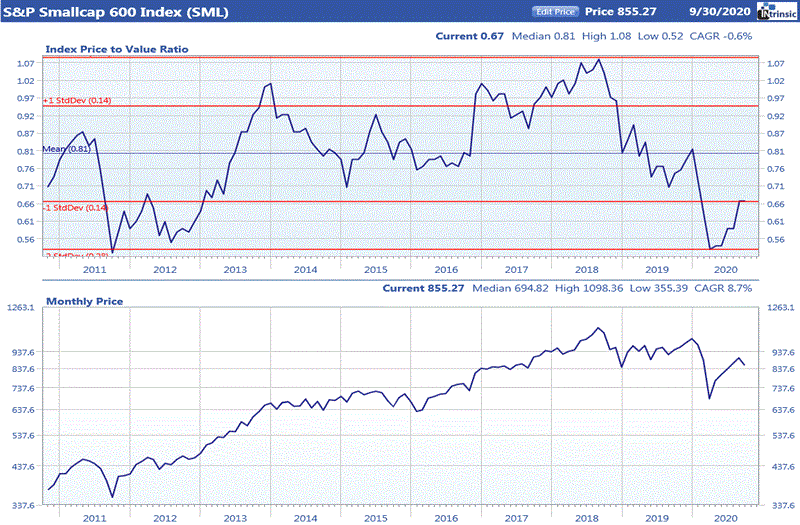Market Briefing
Stock prices reversed course from recent months, as U.S. index averages finished September with a decline. Despite some positive economic news, market sentiment was deflated by perceived slowing of the recovery from the coronavirus shutdown. Manufacturing and services index measures both showed expansion in August. In addition, new and existing home sales had positive results. Jobless claims were below estimates and the unemployment rate declined. However, the rate of job recovery appeared to be slowing. Retail sales rose modestly but were below estimates. The FOMC kept rates unchanged. The market had a positive move late in the month based on hope that negotiations of a new stimulus package would be fruitful. Investors favored momentum in September. Stocks with positive past price gains had relatively better performance for the month. Earnings and sales growth and earnings momentum were also relatively better selection factor performers. In a reversal from last month, value stocks had the worst performance. Price/value ratio, price/earnings, and price/cash flow were all near the bottom of the selection factor average results. Only about 20% of the industry groups we track had positive average price gains in September. Some of the better performing groups were related to home products including home furnishings, home appliances and plumbing, heating & ac. The oil sector continued to struggle with oil well equip. & services, integrated intl. oil, oil producers, and oil well drilling all near the bottom of the industry performance list.
Value of the Market



Source: Ford Equity Research
